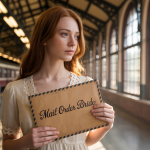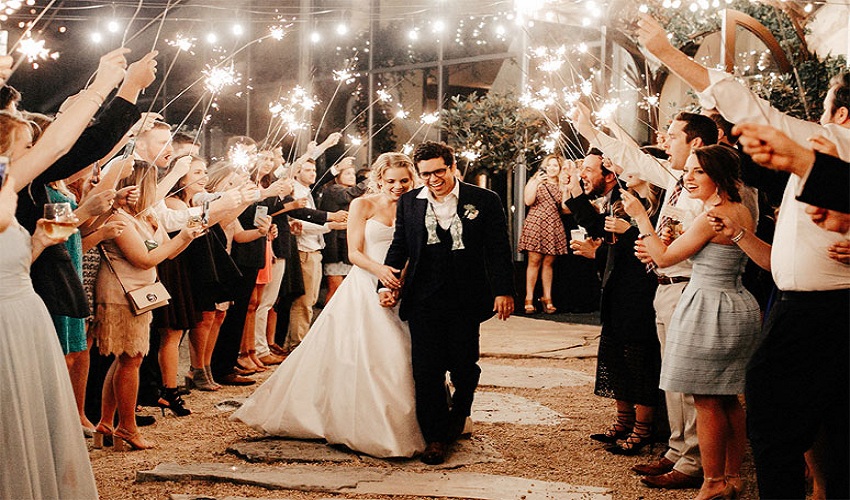In the intricate tapestry of Chinese cultural heritage, few traditions carry as much historical weight and symbolic significance as the chinese betrothal ceremony, a ritual that has evolved over millennia yet remains deeply rooted in ancestral wisdom and familial honour. Like the ancient philosophers who understood that marriage represented the union of not merely two individuals but two lineages, modern couples embracing these time honoured customs discover that betrothal rituals offer profound meaning that transcends contemporary wedding practices.

Content
The Historical Foundation of Sacred Union
The origins of Chinese betrothal traditions stretch back over three thousand years, emerging from a sophisticated understanding of marriage as a social contract that extended far beyond romantic attachment. During the Han Dynasty, scholars codified these practices into what became known as the “Six Rites,” a comprehensive framework that governed proper courtship and marriage arrangements. These ancient protocols recognised that successful marriages required careful preparation, family consensus, and spiritual blessing.
The chinese engagement ceremony, as it evolved through successive dynasties, reflected deeper philosophical principles about harmony, respect, and social order. Confucian ideals emphasised that marriage united not just two people but two families, creating bonds that would influence generations. This perspective, far from diminishing individual choice, actually elevated the significance of the union by acknowledging its broader social implications.
The Architecture of Traditional Betrothal
Contemporary Chinese betrothal rituals typically incorporate elements that would be immediately recognisable to ancestors from centuries past, though adapted to modern sensibilities and practical considerations. The ceremony traditionally unfolds in carefully orchestrated stages, each carrying specific symbolic meaning and cultural significance.
Essential components of traditional betrothal ceremonies include:
- The tea ceremony, representing respect for elders and family hierarchy
- Exchange of betrothal gifts, symbolising the joining of two households
- Presentation of gold jewellery, traditionally ensuring the bride’s financial security
- Sharing of sweet delicacies, representing hopes for a harmonious future
- Formal introductions between extended family members
- Setting of auspicious wedding dates based on lunar calendar considerations
- Exchange of family genealogies, honouring ancestral connections
The tea ceremony deserves particular attention as the ceremonial centrepiece. This ritual, where the couple serves tea to both sets of parents and grandparents, represents formal acknowledgement of new family relationships. The act of kneeling whilst serving tea demonstrates respect for tradition and elders, whilst the acceptance of the tea by family members signifies their blessing upon the union.
Cultural Significance and Symbolic Meaning
The depth of symbolism embedded within chinese betrothal traditions reveals sophisticated understanding of human psychology and social dynamics. Each element carries multiple layers of meaning, creating a rich ceremonial experience that resonates on emotional, spiritual, and cultural levels.
Red, the dominant colour throughout betrothal ceremonies, represents prosperity, joy, and good fortune in Chinese culture. The prevalence of red decorations, clothing, and ceremonial items creates visual unity that reinforces the celebratory nature of the occasion whilst invoking cultural protection and blessing.
The exchange of gifts follows ancient protocols that demonstrate respect between families. Traditional presentations might include whole roasted pigs, symbolising purity and abundance; bottles of premium liquor, representing celebration and hospitality; and various delicacies that showcase each family’s prosperity and generosity.
Modern Adaptations and Contemporary Practice
The remarkable resilience of chinese engagement traditions reflects their fundamental relevance to human needs that transcend historical periods. Modern couples often discover that these ancient practices address contemporary concerns about family relationships, cultural identity, and meaningful celebration.
Today’s betrothal ceremonies frequently blend traditional elements with contemporary preferences. Urban couples might conduct abbreviated versions that honour essential symbolic elements whilst accommodating modern lifestyles and smaller family structures. The flexibility inherent in these traditions allows for creative adaptation without sacrificing cultural authenticity.
Technology has also influenced modern practice. Families separated by geography can participate through video conferencing, ensuring that diaspora relatives can witness and bless the ceremony. Photography and videography capture moments that become treasured family records, extending the ceremony’s significance beyond the immediate event.
Regional Variations and Cultural Diversity
The breadth of Chinese cultural tradition encompasses numerous regional variations in betrothal practices. Cantonese customs differ from Hokkien traditions, which vary again from Teochew practices. These regional differences reflect the rich diversity within Chinese culture whilst maintaining common underlying principles of family honour, ancestral respect, and auspicious celebration.
In Singapore’s multicultural environment, Chinese betrothal ceremony practices often incorporate elements from various Chinese regional traditions, creating unique hybrid celebrations that reflect families’ diverse heritage. This cultural flexibility demonstrates the adaptive strength of traditional practices when transplanted to new environments.
The Economics of Traditional Celebration
Traditional betrothal economics reflect deeper cultural values about marriage investment. Gift giving represents family commitment to union success, creating reciprocal obligations that strengthen relationships. Modern families balance cultural authenticity with practical considerations, understanding that symbolic value matters more than monetary worth.
Psychological and Social Benefits
Research into cultural traditions suggests that formal betrothal ceremonies provide significant psychological benefits for couples and families. The public commitment aspect strengthens relationship bonds, whilst family involvement creates support networks crucial for marriage success. The ceremonial nature of betrothal provides clear transition markers that help individuals psychologically prepare for married life.
Preserving Heritage for Future Generations
The continued practice of traditional betrothal ceremonies represents more than nostalgic cultural preservation; it embodies active transmission of values, wisdom, and identity to future generations. Couples who embrace these traditions often report deeper appreciation for their cultural heritage and stronger family relationships.
Contemporary Relevance and Enduring Value
In an era of rapid change, Chinese betrothal traditions demonstrate relevance to human needs for meaning and continuity. These practices offer couples opportunities to create marriages grounded in historical wisdom whilst building futures honouring tradition.
For contemporary couples seeking meaningful ways to celebrate their union whilst honouring cultural heritage, embracing the time tested wisdom and profound symbolism found within a traditional chinese betrothal ceremony offers a pathway to deeper connection, family harmony, and cultural authenticity that enriches both present celebration and future married life.

Susan writes profiles on unique wedding venues nationwide. With a background in travel, she highlights innovative and one-of-a-kind locations. In between assignments, Susan loves ski trips, international adventures, and Sunday sunset hikes.













